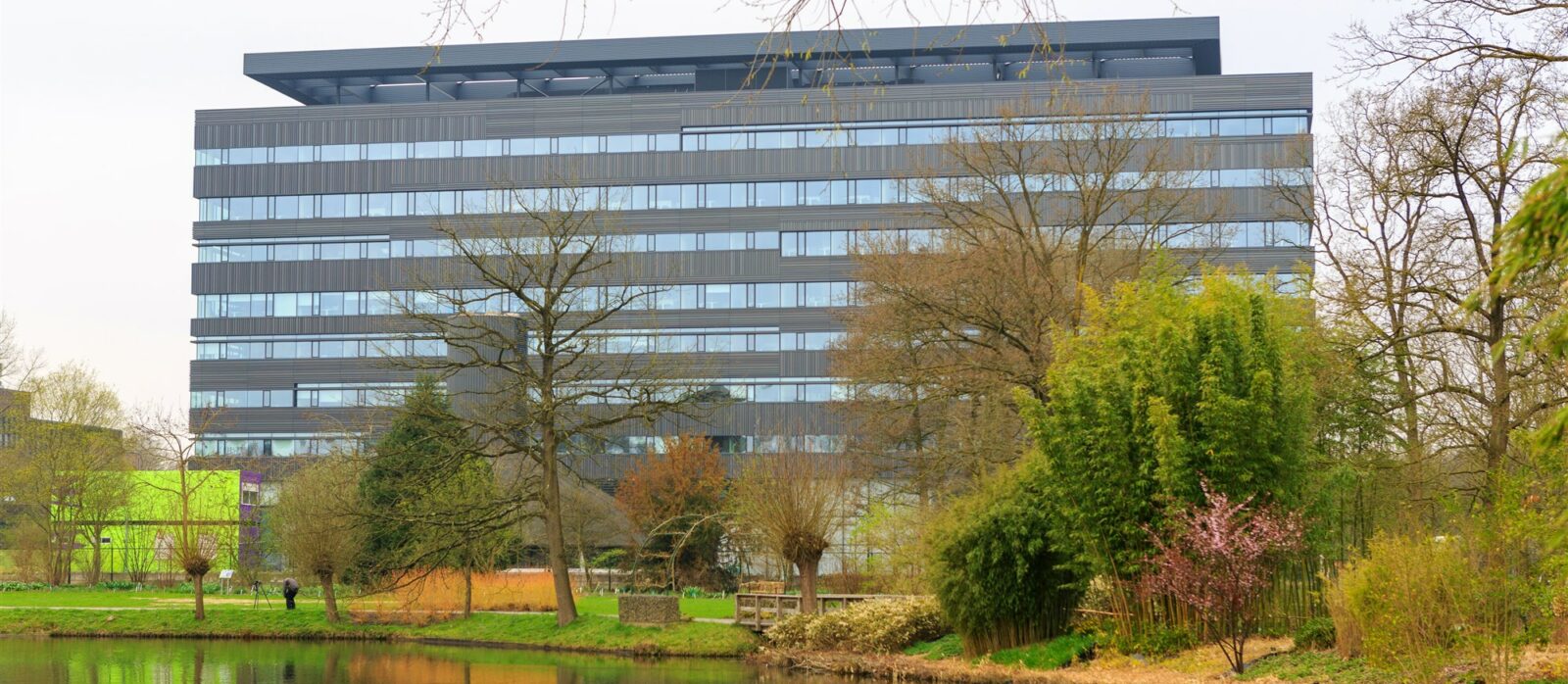Poster Presentation
A poster is another way to communicate research results. A good poster gives interested parties a brief and concise overview of the most important research findings. This is often an attractive alternative to reading the entire research report, which takes a lot more time. Moreover, a good poster is attractive and functional at the same time.
[collapse title= “How to create a poster: a step-by-step guide”]
- It should include at least the following elements:
a. Research background (motivation, objective/central question)
b. Methods
c. Results
d. Conclusion and discussion
e. Sources
Determine the main themes for each component. You need to find a balance between information that is absolutely necessary and superfluous details. You do not want readers to lose interest and stop reading your poster because of a long piece of text. Sometimes you can give an oral explanation to those who want to know more, but that is not always possible. Make sure the poster always speaks for itself. - Find suitable figures, images and/or maps to accompany the text. This is an effective way to convey a message. Adjust complicated charts from your report so that the reader can understand them at a glance.
- Think how to divide elements logically on the paper and sketch it out. Even for posters, we read from left to right and from top to bottom. You could split the poster into two columns.
- Decide which paper size you will use to print the poster. A0 is the standard size, but it is expensive. An alternative is to create a larger poster by sticking individual A4 sheets on a (coloured) background. If you print a poster in A0, you can design it using PowerPoint or GIS software.[/collapse]
[panel type= “info” heading= “A few more things to consider”]
- The amount of text should be no more than the amount that you can fit on an A4 sheet in a normal font size (11 or 12 pt).\
- Use at least font size 20 for the main text and a larger font size for the header. Print the text in black. White text on a dark background is difficult to read.
- Reference sources in the text as you would in a research report.
- Use bullet points, for example, to list a number of conclusions.
- Break up long pieces of text with figures, images or a map. (Your audience cannot sit down to read it, so do not tire them out).
- Make sure that figures, images and maps are sharp and readable.
- Methods and results should correspond with one another. If you want to mention quotations, do not forget to mention that your method is ‘interviewing’.
- Ask someone to read through your poster to check for spelling mistakes. A mistake is painfully visible on a large poster.
- Ask someone to read your poster to check that the message comes across.
- Do not overestimate your own abilities in terms of design. You are not a graphic designer, you are a social geographer or spatial planner. [/panel]

